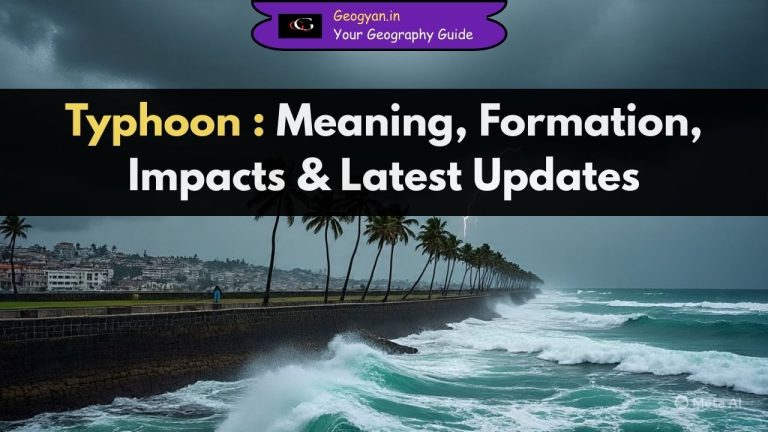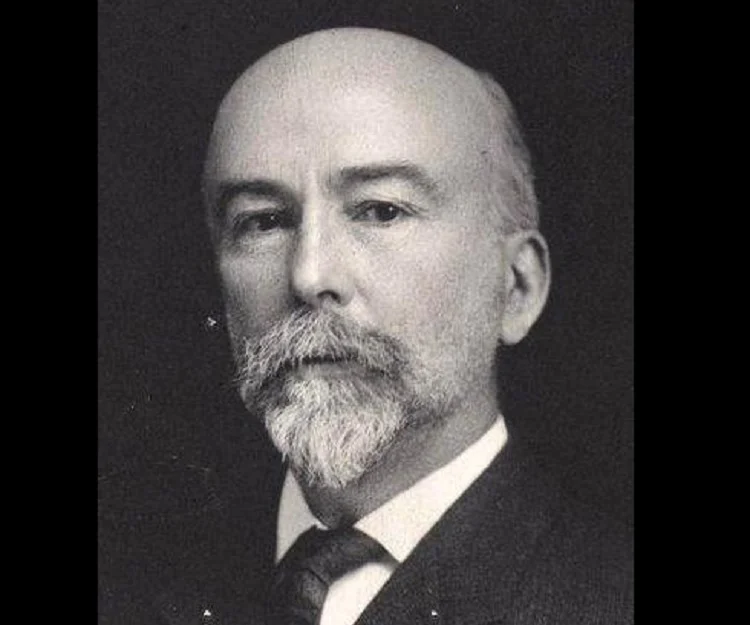Estimated reading time: 4 minutes

Table of contents
Why is the Red Deer River in News Recently?
Red Deer River is currently in the news due to concerns over environmental hazards following a recent pipeline rupture, which resulted in a major oil spill near Sundre, Alberta, releasing up to half a million liters of oil into the river during flood flows.
Researchers are studying the short- and long-term impact on riverbank ecosystems, floodplain vegetation, and wildlife in the area. In addition, the region is preparing for World Rivers Day celebrations and ongoing discussions about conservation, water quality, and flood risks have heightened public interest in the river this September.
Where Does the Red Deer River Originate?
- The Red Deer River originates from the Sawback Range in the Canadian Rockies, Alberta. Flowing eastwards, it travels across foothills, prairies, and badlands before joining the South Saskatchewan River.
- The river covers nearly 724 km in length, making it one of the most important tributaries in the South Saskatchewan River Basin.
- Its source region receives heavy snowmelt and rainfall, which act as the main contributors to its perennial flow.
- The river carves through the famous Drumheller Badlands, known for their unique rock formations and fossil discoveries.
- Its basin drains an area of nearly 45,000 square kilometers, making it a crucial hydrological system of Western Canada.
- The river passes through cities like Red Deer and Drumheller, which are important for both economy and culture.
What are the Major Uses of the Red Deer River?
- Irrigation: Supports vast agricultural fields in Alberta’s prairie regions.
- Hydropower: Dams like the Dickson Dam help regulate flow and generate electricity.
- Water Supply: Provides water for Red Deer city and nearby towns.
- Tourism: Famous for fossil parks, kayaking, and natural reserves.
Fact: The Dickson Dam on the Red Deer River was built in 1983 and plays a crucial role in flood control and water management. The river valley also sustains cattle ranching and dairy farming, which are major parts of Alberta’s rural economy.
Geographical Features of the Red Deer River Basin?
- Region: Western Canada (Alberta–Saskatchewan)
- Terrain: Rocky Mountains, grasslands, badlands
- Climate: Cold winters, semi-arid summers
- Soil: Fertile prairie soils along lower course
- The basin is part of the Prairie Ecozone, one of Canada’s most productive agricultural regions.
Historical and Cultural Importance of the River?
- The river got its name from the plentiful deer species that roamed its valley.
- Indigenous peoples used it for hunting, fishing, and transport long before European settlement.
- During the fur trade era, it served as a natural corridor for trade between Indigenous tribes and European settlers.
- The region around the river is world-famous for dinosaur fossil discoveries, attracting scientists and tourists globally.
- The Royal Tyrrell Museum of Palaeontology, located near the river in Drumheller, is one of the world’s leading fossil museums.
Quick Exam Facts
- Origin: Sawback Range, Canadian Rockies
- Length: 724 km
- Basin Area: 45,000 sq. km
- Flows Through: Alberta, Saskatchewan
- Confluence: South Saskatchewan River
- Important Dam: Dickson Dam
- Unique Feature: Drumheller Badlands and fossil sites
- The river is a key tributary in the Nelson River drainage system, which eventually drains into Hudson Bay.
FAQs
Q1. Where does the Red Deer River originate?
It originates from the Sawback Range in the Canadian Rockies, fed by glaciers and snowmelt.
Q2. Which river does the Red Deer join?
It joins the South Saskatchewan River, contributing to the Hudson Bay drainage system.
Q3. Why is the Red Deer River famous?
It is famous for dinosaur fossil discoveries, the Drumheller Badlands, and its ecological diversity. It also provides irrigation, energy, and drinking water to millions of people in Alberta.
Q4. What is the length of the Red Deer River?
The total length of the river is about 724 km, draining across two provinces.
Q5. What role does the Dickson Dam play?
The Dickson Dam regulates water flow, supports irrigation, and prevents floods in downstream areas. It also creates the Gleniffer Lake reservoir, which is a popular tourist and fishing spot.





























